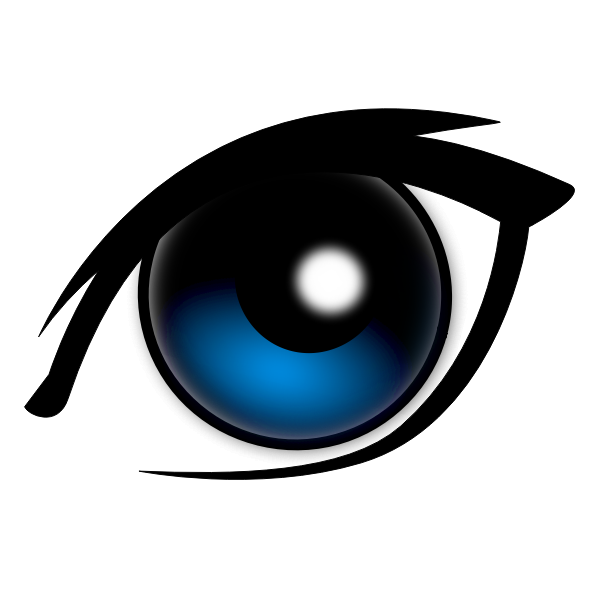

The name "Bugs" or "Bugsy" as an old-fashioned nickname means "crazy" (or "loopy"). After Pet Rabbit, however, subsequent Bugs appearances returned to normal: the Wild Hare visual design returned, and Mel reused the Wild Hare voice characterization.

However, Bugs' voice in this cartoon is significantly different, and his design was slightly altered as well. The second full-fledged role for the mature Bugs, Chuck Jones' Elmer's Pet Rabbit, was the first to use the name Bugs Bunny on-screen: it appears in a title card, "featuring Bugs Bunny," at the start of the short (which was edited in following the success of A Wild Hare). The gag uses Bugs' Wild Hare visual design, but his goofier pre-Wild Hare voice characterization. Immediately following on A Wild Hare, Bob Clampett's Patient Porky featured a cameo appearance by Bugs, announcing to the audience that 750 rabbits have been born. It is the first short where both Elmer Fudd and Bugs are shown in their fully developed forms as hunter and tormentor, respectively the first in which Mel Blanc used what would become Bugs' standard voice and the first in which Bugs says his catchphrase, "What's Up Doc?" The short was a huge success in theaters and received an Academy Award nomination for Best Animated Short Film. However, as time passed on, Bugs and Daffy's rivalry has turned friendlier in nature as the two usually hang out together in most cartoons and Bugs considers Daffy his best friend despite his faults, to which Daffy says the same thing.Ī Wild Hare, directed by Tex Avery and released on July 27, 1940, is widely considered to be the first official Bugs Bunny cartoon. But he has never truly succeeded, always being outsmarted by the clever hare. Daffy, jealous of his cartoon counterpart's ascension to fame, has on many occasions attempted to dethrone the rabbit. When Bugs made his appearance, he promptly replaced Daffy Duck as the most popular Warner Bros. "That happens to him all during the picture, folks."), explaining that one of his antagonists' actions have pushed him to the breaking point ("Of course you know, this means war."), admitting his own deviousness toward his antagonists ("Gee, ain't I a stinker?"), etc. "Feisty, ain't they?"), clueing in on the story (e.g. "Be with you in a minute, folks!"), describing someone to the audience (e.g. He's also been known to break The 4th Wall by "communicating" with the audience, either by explaining the situation (e.g. Concerned that viewers would lose sympathy for an aggressive protagonist who always won, Chuck arranged for Bugs to be bullied, cheated, or threatened by the antagonists while minding his own business, justifying his subsequent antics as retaliation or self-defense.

Bugs almost always wins out on these contentions, a story pattern which recurs in Looney Tunes cartoons directed by Chuck Jones. Coyote, The Crusher, The Gremlin, Count Bloodcount, and a whole bunch of others. He is also known for his famous catchphrase "Eh, what's up, doc?", which he typically uses as a greeting to anyone he encounters (usually while munching a carrot).īugs is characterized as being clever and capable of outsmarting anyone who antagonizes him, including Elmer Fudd, Yosemite Sam, Willoughby, Marvin The Martian, Beaky Buzzard, Daffy Duck, Porky Pig, the Tasmanian Devil, Cecil Turtle, Witch Hazel, Rocky and Mugsy, Wile E. These personality traits are what gives him an advantage over his enemies, rivals, and opponents. He is a cunning, charismatic, and smart rabbit. Bugs has appeared in more films (both short and feature-length) than any other cartoon character, has his own star on the Hollywood Walk of Fame, and is the 9th most-portrayed film personality in the world. company.īugs is an anthropomorphic gray hare, famous for his relaxed, passive personality, pronounced Mid-Atlantic accent (Mel Blanc, Bugs' original voice actor, described the voice as being a mixture of Brooklyn and Bronx accents), depiction as a mischievous trickster, and his catchphrase "Eh, what's up, doc?" (usually said while chewing a carrot). His popularity during this era led to his becoming an American cultural icon, as well as a corporate mascot of the Warner Bros. during the Golden Age of American Animation.
#Artoon eyes series#
Bugs Bunny is an animated cartoon character, best known for his starring roles in the Looney Tunes and Merrie Melodies series of theatrical short films produced by Warner Bros.


 0 kommentar(er)
0 kommentar(er)
